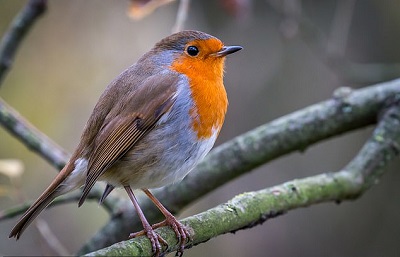Wind turbines put robins at risk as their low-frequency hum plays havoc with festive favourite bird’s survival tactics
As a fiercely bird, the robin has found a clever way to frighten off enemies – using lower notes in its song to sound bigger.
The low-frequency buzz of wind turbine blades means that when it feels threatened, the robin has to sing at a higher pitch to make itself heard – and this might not put off a potential rival, according to Daily Mail.
Researchers fear if robins are then more likely to get in a fight, the bird’s population could be hit through injuries and reduced breeding.
Scientists at Newcastle University played three sets of birds the sound of a rival robin, the sound of a turbine or the two combined.
Ordinarily the number of low-pitched sounds in a robin’s song go up by 19 per cent when another robin is near, as the aggressive birds warn the intruder away.
But when a turbine was played at the same time as the birdsong, robins’ low-frequency sounds fell by 25 per cent on average.
The study results were highlighted by Mark Whittingham, professor of applied ecology at Newcastle University.
He wrote: ‘Noise pollution from wind turbines should be measured, to ensure effects on the surrounding wildlife are minimised.
‘That way the robin and other songbirds might hope for more peaceful Christmases in future.’
N.H.Kh

